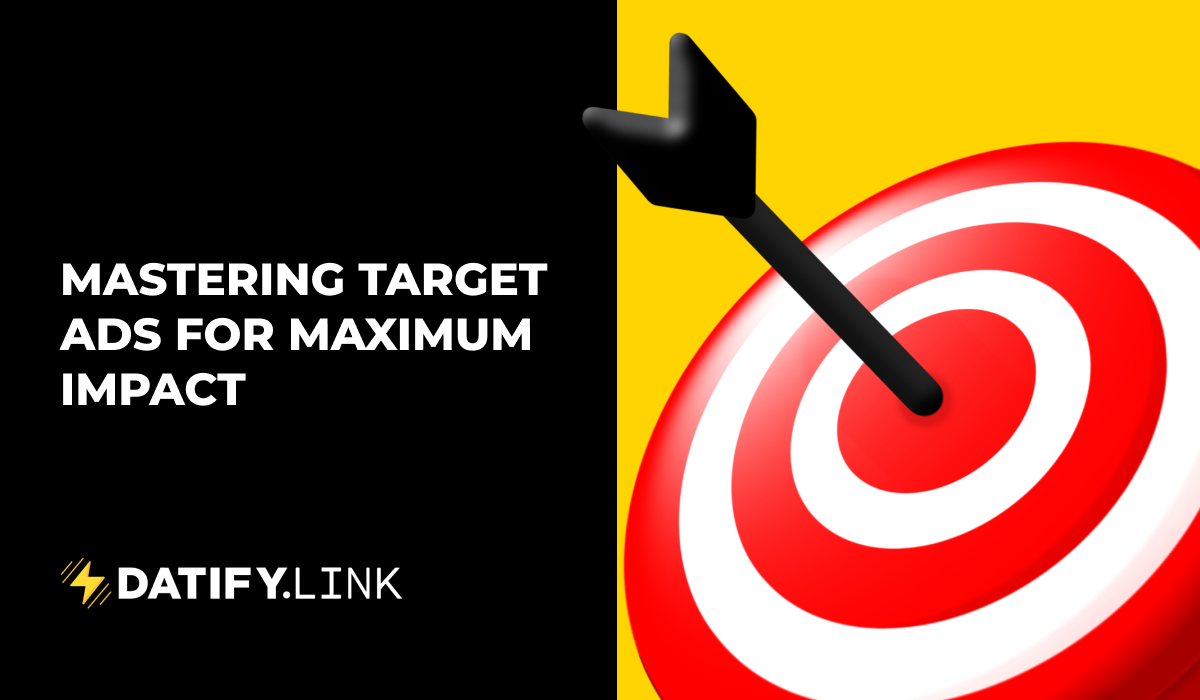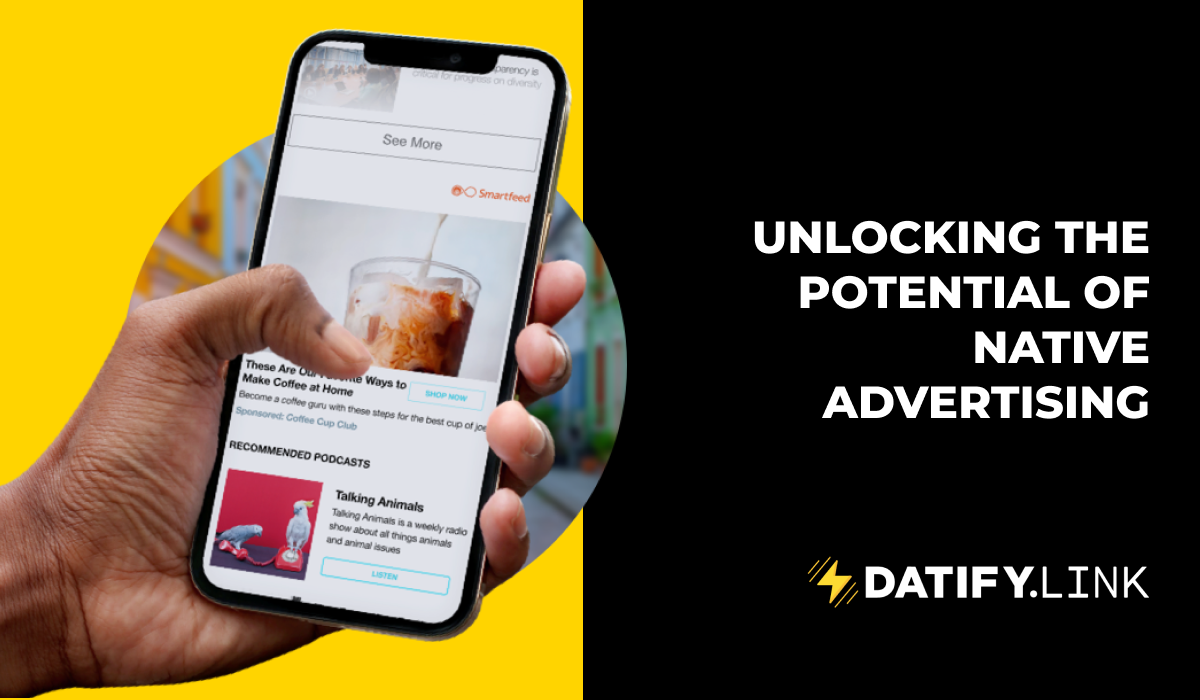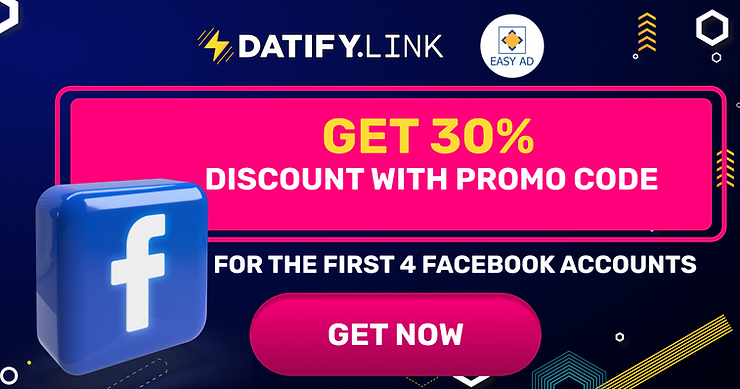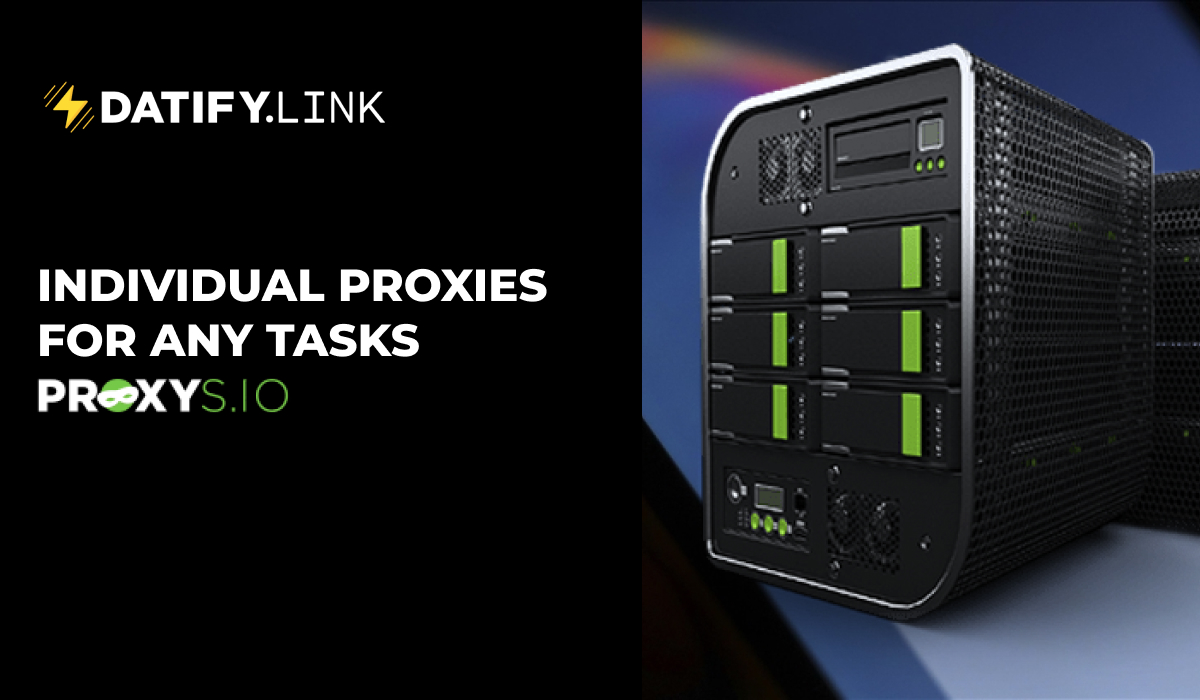In today’s highly competitive business landscape, advertising plays a crucial role in getting your brand noticed and driving customer engagement. With the ever-growing digital space, businesses need to stay ahead of the curve and incorporate effective advertising strategies to stand out among the competition. One powerful tool that has taken the advertising world by storm is target advertising. In this article, we’ll explore what target advertising is, how to leverage it on platforms like Facebook, and how to optimize your ad campaigns for maximum impact.
What is Target Advertising?
Target Advertising Definition
Target advertising, also known as targeted advertising, is a marketing strategy that involves serving tailored ads to a specific audience based on their demographics, interests, behaviors, and other factors. This type of advertising enables businesses to reach the right people with the right message, increasing the chances of conversion and customer engagement.
The Role of Target Audience in Advertising
The success of target advertising heavily relies on understanding and defining your target audience. A target audience refers to a group of potential customers who are most likely to be interested in your product or service. By narrowing down your focus to a particular segment, you can create more relevant and impactful ads that resonate with your audience.
Benefits of Target Advertising
There are several advantages to using target advertising as part of your marketing strategy:
1. Improved ad relevancy: By tailoring your ads to a specific audience, you can create content that is more relevant and appealing, leading to higher engagement rates.
2. Increased conversion rates: Targeted ads are more likely to resonate with your audience, resulting in higher click-through rates (CTR) and conversions.
3. Cost-effectiveness: Since you’re reaching an audience that is already interested in your offerings, you can allocate your ad budget more efficiently, potentially lowering your cost per acquisition (CPA).
4. Enhanced customer experience: Delivering personalized ads can make customers feel valued and understood, improving their experience with your brand.
Now that we have a clear understanding of target advertising and its benefits, let’s dive into how you can effectively implement this strategy on popular platforms like Facebook.
How to Target Advertising on Facebook
A. Creating a Customized Target Ad Campaign
Facebook offers a powerful advertising platform with its extensive user base and advanced targeting options. To create a successful target ad campaign on Facebook, follow these steps:
1. Choose your objective: Identify the goal of your campaign, such as increasing brand awareness, driving traffic, or generating leads.
2. Define your audience: Use Facebook’s audience targeting tools to segment users based on demographics, interests, behaviors, and more.
3. Set your budget and schedule: Determine the amount you’re willing to spend and the duration of your campaign.
4. Design your ad: Create compelling visuals and copy that resonate with your target audience.
B. Utilizing Facebook’s Audience Targeting Tools
Facebook offers a range of audience targeting tools that allow you to refine your ad reach. Some of these tools include:
1. Custom Audiences: Create a list of users who have already interacted with your brand, such as website visitors, app users, or email subscribers.
2. Lookalike Audiences: Target users who share similar characteristics with your existing customers, increasing the likelihood of conversion.
3. Detailed Targeting: Refine your audience based on specific demographics, interests, and behaviors.
C. Tips for Optimizing Your Facebook Target Ads
To maximize the effectiveness of your Facebook target ads, consider these best practices:
1. Test different ad formats: Experiment with various ad types, such as carousel, video, or lead ads, to see which performs best with your audience.
2. Use eye-catching visuals: Attractive images and videos can capture users’ attention and encourage engagement.
3. Monitor ad performance: Regularly analyze your ad metrics and make adjustments as needed to optimize your campaign.
How to Target Advertising on Other Platforms
A. Google Ads Targeting Options
Google Ads, formerly known as Google AdWords, is another popular platform for target advertising. With Google Ads, you can reach users across search, display, and video networks. Some of the targeting options available on Google Ads include:
1. Keyword targeting: Reach users who search for specific keywords related to your business.
2. Demographic targeting: Target users based on age, gender, and parental status.
3. Interest targeting: Serve ads to users with specific interests or browsing habits.
B. Instagram and Twitter Targeting Strategies
Instagram and Twitter, both popular social media platforms, also offer advertising options with unique targeting capabilities. Some strategies to consider for these platforms include:
1. Hashtag targeting (Twitter): Reach users who engage with specific hashtags related to your industry or niche.
2. Follower targeting (Twitter): Target users who follow certain accounts, such as competitors or industry influencers.
3. Interest targeting (Instagram): Serve ads to users based on their interests and browsing habits.
C. Exploring Other Platforms for Target Advertising
While Facebook, Google, Instagram, and Twitter are popular platforms for target advertising, there are other options to consider, such as LinkedIn, Pinterest, and Snapchat. Each platform offers unique targeting possibilities and audience demographics. To determine which platforms are best suited for your business, it’s essential to research and test various options. Check out this [guide by Social Media.
V. Target Advertising Costs
A. How much does Target spend on advertising?
Target Corporation, the popular retail giant, is known for its significant investment in advertising. According to Statista, Target spent approximately $1.48 billion on advertising in 2020. This figure showcases the importance of advertising for large corporations and their commitment to reaching their target audience.
B. Estimating Your Own Target Advertising Budget
While large corporations like Target can afford to invest heavily in advertising, small and medium-sized businesses need to allocate their budgets more strategically. To estimate your target advertising budget, consider factors such as your overall marketing budget, industry standards, and the platforms you plan to use.
C. Maximizing Your Return on Investment (ROI)
To ensure you’re getting the most value from your target advertising budget, focus on optimizing your ad campaigns and tracking key performance metrics. Continuously monitoring and adjusting your campaigns can help improve your ROI and make your advertising efforts more cost-effective. For tips on maximizing your ad ROI.
Best Practices for Target Advertising Success
A. Defining Your Target Audience
To create effective target ads, it’s crucial to have a clear understanding of your target audience. Start by analyzing your existing customer base and identifying common characteristics, such as demographics, interests, and behaviors. You can also conduct market research or use tools like Google Analytics to gain insights into your audience.
B. Crafting Compelling Ad Content
Once you’ve defined your target audience, focus on creating ad content that resonates with them. Use persuasive copywriting techniques and high-quality visuals to capture their attention and convey the value of your offering. A/B testing different ad variations can help you determine which elements perform best with your audience.
C. Continuously Monitoring and Optimizing Your Ad Performance
Successful target advertising requires ongoing monitoring and optimization. Regularly review your ad metrics, such as impressions, click-through rates, and conversions, to identify areas for improvement. Adjust your targeting options, ad creative, or budget as needed to optimize your campaign performance.
Conclusion
Target advertising is a powerful marketing tool that can help businesses reach the right audience, increase conversions, and maximize their advertising budget. By understanding the principles of target advertising and implementing best practices on platforms like Facebook, Google, and beyond, you can create impactful ad campaigns that drive business growth. Start leveraging the power of target advertising today and watch your brand flourish in the competitive digital landscape.






